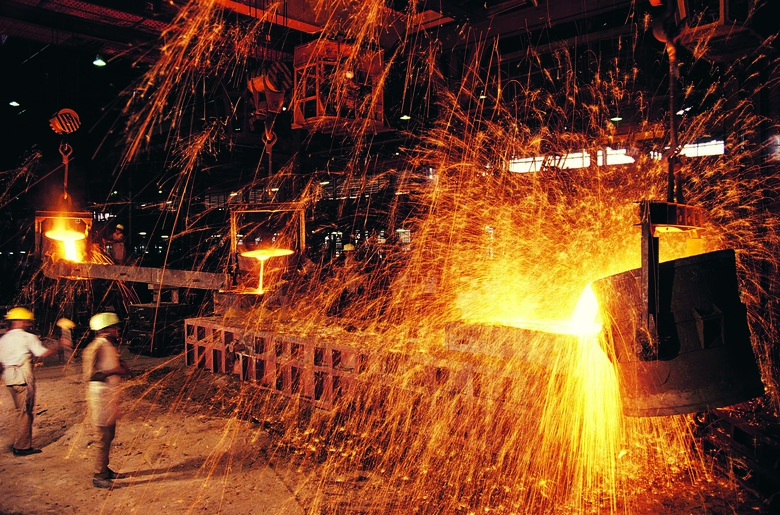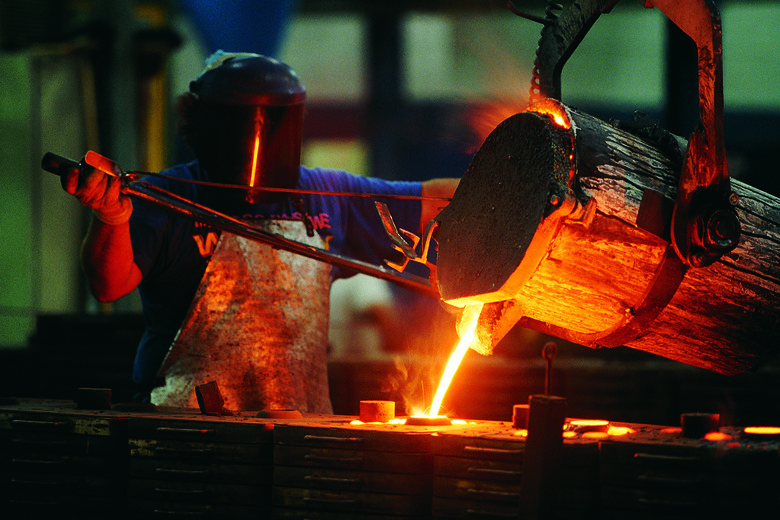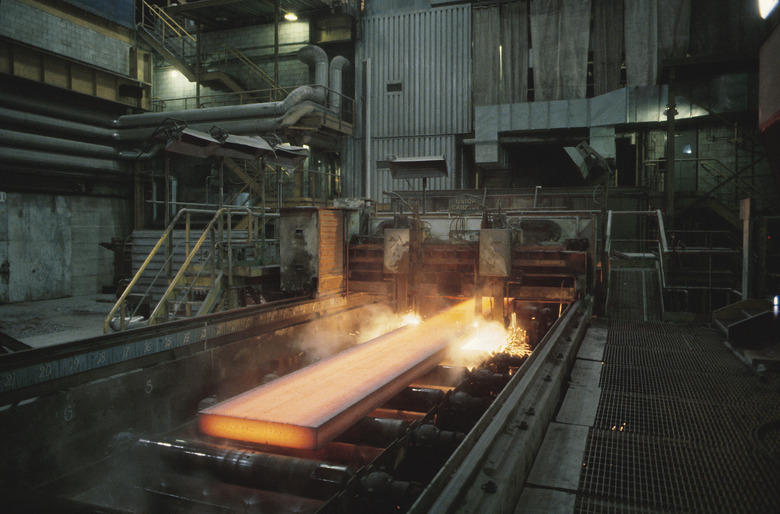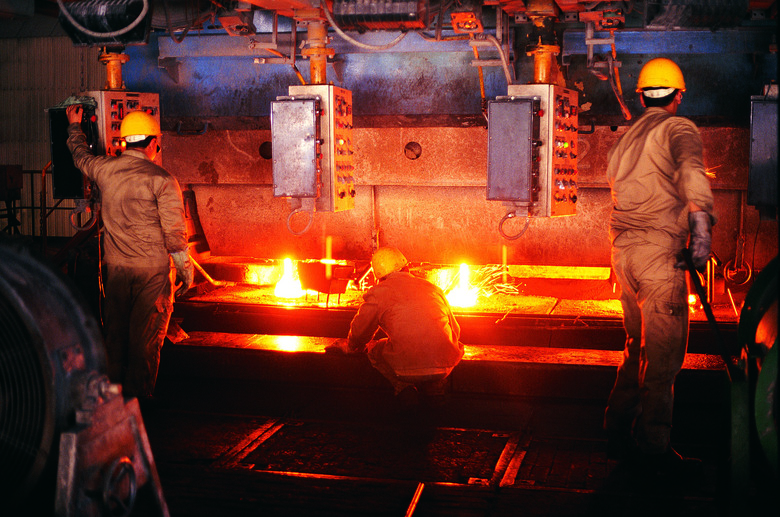Properties Of 1045 Steel
Used in the manufacture of a variety of bolts, connecting rods, hydraulic clamps and rams, axles, a variety of pins, a variety of rolls, studs, shafts, spindles and many other metal parts, SAE 1045 steel usually comes in the black hot-rolled variety; however, it also is occasionally manufactured in the normalized condition. This is steel that has been given a heat treatment, intended to bring many samples under consideration into the same condition. 1045 is known for fairly good strength and impact properties. It has good machinability qualities as well as serviceable welding qualities, whether in the rolled or normalized condition. Machinability is the ability to form the finished steel into a machined part.
Chemical Composition
Chemical Composition
Iron is the main part of 1045 steel. However, it does contain certain other elements within a specified range. The first element is carbon, with a range of 0.43 percent to 0.50 percent. Next is silicone, with a range of 0.10 percent to 0.60 percent. The last alloy is manganese, with an allowable range of 0.60 percent to 0.90 percent. Phosphorus may sometimes be found in this product, to a maximum of 0.04 percent.
Hot-rolled Mechanical Properties
Hot-rolled Mechanical Properties
The tensile strength of 1045 hot-rolled steel bars is in the range of 570 MPa (a megapascal, a unit of measure equal to 1,000,000 pascals) to 700 MPa. A pascal is the amount of pressure generated by a mass of about 100g on a square meter under the earth's gravitational pull. Hot-rolled bars have a yield strength of 300MPa to 450MPa. Elongation of hot-rolled steel, based on 2 inches, is 14 to 30 percent. Elongation, a test for the ductility of steel, involves making it longer until it fractures. The steel's hardness on the Brinell Hardness Scale is 170 to 210. Brinell hardness is determined by forcing a hard steel or carbide sphere of a specified diameter under a specified load into the surface of a material and measuring the diameter of the indentation left after the test.
Normalized Mechanical Properties
Normalized Mechanical Properties
The tensile strength of normalized 1045 steel is 540 MPa. Yield strength measured in MPa is 410. Elongation, based on 2 inches, is 22. Normalized 1045 steel measures 54 on the Izod Impact test. The Izod Impact test measures a material's resistance to impact using a swinging pendulum. It is also known as the notched Izod Impact test as the material the pendulum hits and ultimately fractures is notched. The specimens are notched to prevent deformities of it upon impact. The hardness of normalized steel, according to the Brinell Hardness scale, is 187.
Cite This Article
MLA
Edwards, Alan. "Properties Of 1045 Steel" sciencing.com, https://www.sciencing.com/list-7372308-properties-1045-steel/. 9 January 2018.
APA
Edwards, Alan. (2018, January 9). Properties Of 1045 Steel. sciencing.com. Retrieved from https://www.sciencing.com/list-7372308-properties-1045-steel/
Chicago
Edwards, Alan. Properties Of 1045 Steel last modified March 24, 2022. https://www.sciencing.com/list-7372308-properties-1045-steel/



